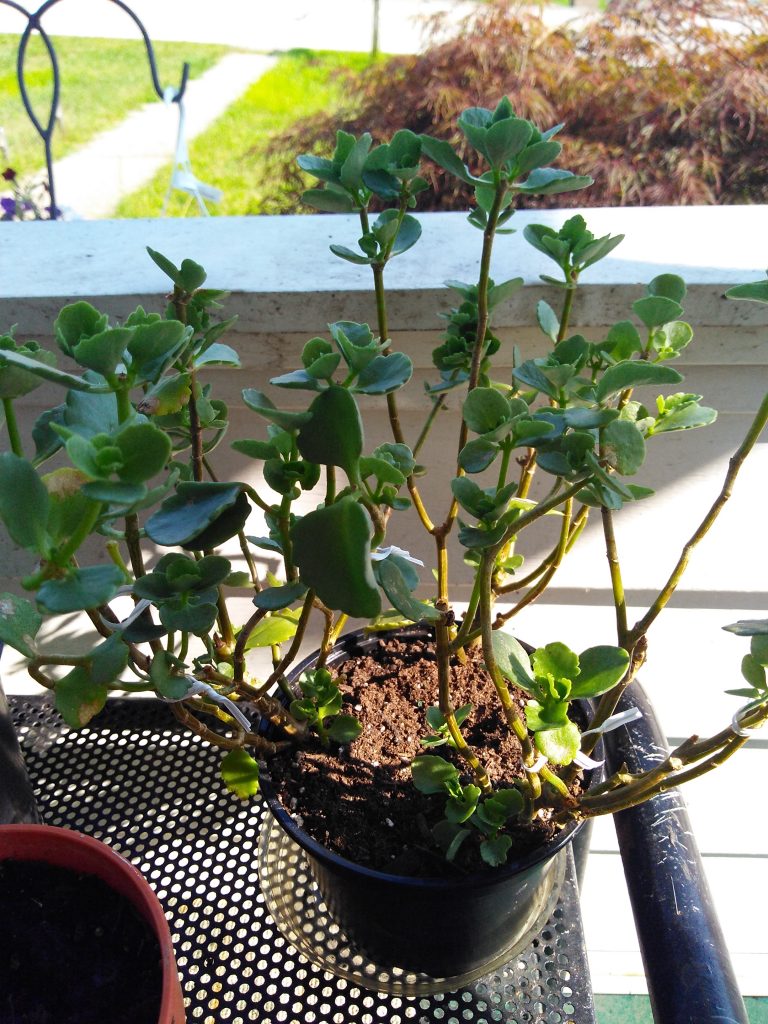Ask the Gardener: Organic lawns, transplanting lilies & cactus propagation
Posted on: August 6, 2019 | Written By: Doug Oster |
Everybody Gardens editor Doug Oster gets asked a lot of questions. A lot. And he doesn’t mind offering gardening advice. But rather than just limiting those answers to the person who asked, we thought it might be a good idea to share that wealth of knowledge with everybody.
There are three ways to send in your questions:
- Email askdoug@535mediallc.com
- Submit your question on our “Your Garden” section of our site
- Send us a message on Facebook.
(The questions may be lightly edited for grammar/clarity/etc.)

Question 1: Organic lawn care
Michael: I wanted to ask about a few things.
1. Organic fertilizer. I do not want to use harmful chemicals in my yard. We moved to Munhall last summer and previously, the yard was treated. I stopped the treatments when we moved but still want to supply the yard with nutrients. I purchased and spread this: Andersons 7-1-2 Innova Organic Fertilizer, which comes in a 40-pound bag. What do you think? Also, I attached a photo of what my yard looked like after racoons (I think) went after the grubs in my yard . So the grass is shoddy in the back, another reason that I want to feed the soil.
2. Weeds. I have lots of weeds: the sharp tall ones, clover, immense crabgrass and more. I try and dig them out, but the crabgrass has taken over. Without disrupting the system in place, how can I help alleviate this? Or is this something that I just have to accept?
3. Milkweed. I’ve read your blog on milkweed. I am looking to attract more butterflies. We have an environmental education curriculum at the K-8 school that I teach at and the specialist also recommended milkweed. I read online that tropical milkweed, in this area, is not the best idea for butterflies because it isn’t native. Would the other milkweed options — butterfly, swamp, common — be better options?
Doug: That will work, but I can save you some money if you feel like crossing a river or two. Hahn Nursery in Ross has my favorite … it’s called Revita, and it’s only $20 for a 50-pound bag. It’s 3-4-3, which is fine. The Andersons is good too, I personally like a more balanced fertilizer for the grass, but the 7-1-2 will give you quick green. For your yard, that might be skunks or opossums, they really love to dig for the grubs. To make sure you have a grub problem, remove a one-foot square piece of lawn and turn it over. If there are more than 10, you could treat organically with beneficial nematodes. Some good garden centers carry them. If you can’t find them, Arbico is a good online source.
Here’s a story on organic lawns that I just did. There’s lots of information here to answer your weed questions. Crabgrass can be controlled by corn gluten meal, which is explained in the story.
It’s a matter of opinion regarding the tropical milkweed. One of my friends who is really into monarchs grows it. The plant still works fine as a host plant for monarchs. Common, swamp, butterfly weed and showy are all great plants for the butterflies. One thing to remember about attracting pollinators like monarchs and others is that they need a source of pollen and nectar as adults. There are lots of natives too if you want to go that route. Here’s some info that will help.
Question 2: Transplanting lilies
Cathy: I have some beautiful Oriental Stargazer lilies that are blooming this week. They are planted at the circular base of a sweetbay magnolia which has gotten a lot larger. The tree is providing a lot of shade. The lilies appear to be “reaching out” into the sun but still look quite nice. They have gotten tall, and I would like to transplant them. What is the best time of year to do this? So they need full sun?
Doug: Wait until they are done blooming and we get some cool days. The end of August or early September would be best. They do like full sun, but can still bloom with about six hours. You’ll get more buds and blooms out in the sun. The perfect conditions would be morning sun and late afternoon shade, but they are not fussy.

Question 3: Cactus propagation
Sharon: I am trying to propagate this cactus and need help please. All advice is welcome on the best way to do this.
Doug: Kalanchoe is easy to propagate by taking cuttings. Here’s how I do it. Trim off the ends of the plant, I take about three inches. Take off the bottom leaves, dip the cut end in rooting hormone and stick it in some barely moist planting mix. Put the container in a clear plastic bag to keep the humidity up and put it in a place with bright light, but not direct sun.
In about three weeks, gently pull on the cutting. If it resists, the plant has rooted and can be treated like the mother plant.
Previous mailbags
Tree lichens, bugs and a reader testimonial
Lilac issue, sweet gum tree and a tomato issue
Peppers, tomato issues and plant identifications
Tomato issues, tobacco hornworms, pest problems and more
Growing lettuce, starting lilacs, root crops and more
Dogwood shrubs, tulips, preventing weeds and more
Tomato leaves, after garlic, zucchinis and more
Marigolds, slugs, hydrangeas and more
Garlic, Japanese beetles, mystery plant and more
Pear tree, damaged tomatoes, azaleas and more
More from Everybody Gardens